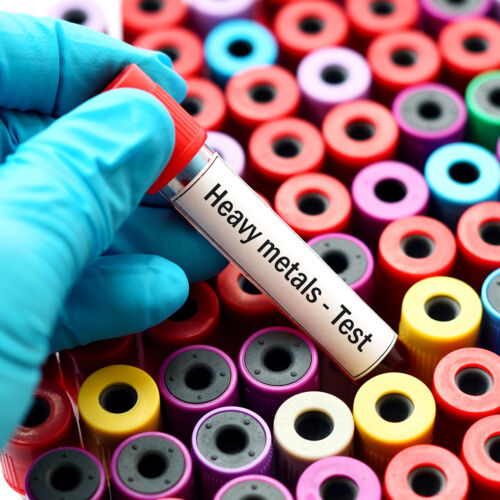Mercury is one of the most studied elements since the beginning of alchemy. It is a naturally occurring element from the cinnabar ore. It is number 80 on the periodic table of elements, whose symbol is Hg. Mercury is listed as one of the top 10 global toxic pollutants according to the United Nations Environmental Programme.
Mercury is so pervasive that an international environmental treaty was developed and named after the first globally recognized mercury contamination site, which was caused by the Chisso Corporation, who were dumping mercury waste into Minamata Bay, in Japan. The name of the treaty is the Minamata Convention on Mercury Treaty. The treaty went into force on August 16, 2017 and has been ratified by 118 of the 128 signatories. Mercury is used in many products and processes, which eventually contaminate the environment. Some uses are in chloralkali industry, float valves, mercury switches, fluorescent lamps, batteries, but the largest use of mercury is in the artisanal and small-scale gold mining industry.
Artisanal Small-Scale Gold Mining is the top priority of the Minamata Convention due to the millions of people, including women and children around the world who are exposed to mercury by mining for gold. Mercury from the dental sector is often diverted onto the black market to be used for small-scale mining around the globe. Mercury can also be found in medical devices such as thermometers, sphygmomanometers, dental amalgam, and thimerosal as a preservative in vaccines.

Once mercury enters the environment it cannot be captured nor contained. Mercury also is transported in the air and in the water, where it can be deposited far from the original source point. One source of human exposure to mercury is through eating fish and shellfish. Those populations that live on fish and seafood as their major source of protein have a higher exposure to mercury.
Possible Symptoms of Methylmercury Poisoning May Include:
- Loss of Peripheral Vision
- “Pins and Needles” Feelings, Usually in the Hands, Feet, and around the Mouth
- Lack of Coordination of Movements
- Impairment of Speech, Hearing, Walking
- Muscle Weakness
REFERENCES
Effects on Infants and Children Infants in the womb can be exposed to methylmercury when their mothers eat fish and shellfish that contain methylmercury. This exposure can adversely affect unborn infants’ growing brains and nervous systems. These systems may be more vulnerable to methylmercury than the brains and nervous systems of adults are.
Children exposed to methylmercury while they are in the womb can have impacts to their:
- Cognitive Thinking
- Memory
- Attention
- Language
- Fine Motor Skills
- Visual Spatial Skills
Elemental (Metallic) Mercury Effects Exposures to metallic mercury most often occur when metallic mercury is spilled, or when products that contain metallic mercury break, so that mercury is exposed to the air.
If you are concerned about your exposure to metallic mercury, you should consult your physician. Metallic mercury mainly causes health effects when inhaled as a vapor where it can be absorbed through the lungs.
Symptoms of prolonged and/or acute exposures include:
- Tremors
- Emotional changes (such as mood swings, irritability, nervousness, excessive shyness)
- Insomnia
- Neuromuscular changes (such as weakness, muscle atrophy, twitching)
- Headaches
- Disturbances in sensations
- Changes in nerve responses
- Poor performance on tests of mental function
Higher exposures may also cause kidney effects, respiratory failure and death. Note that metallic mercury vapor is not the same as methylmercury.

